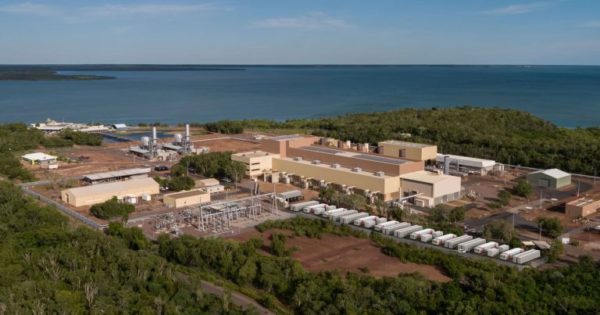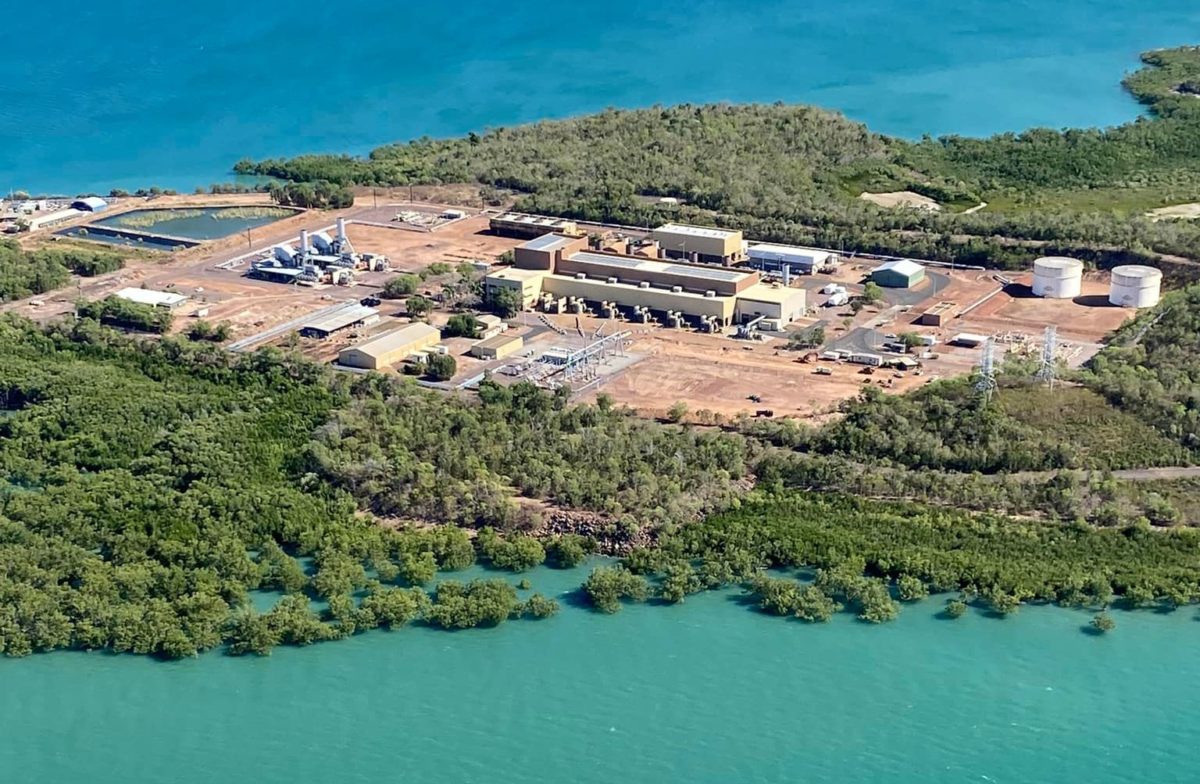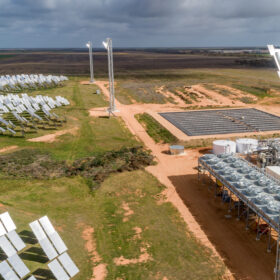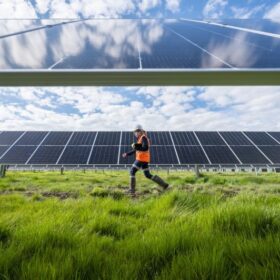The Northern Territory (NT) government is pushing ahead with construction of a 35 MVA (megavolt amps) battery energy storage system that will help manage fluctuations in the Darwin-Katherine grid caused by increasing levels of behind-the-meter solar in the Territory. The Darwin-Katherine Battery Energy Storage System (DK BESS) will also reduce carbon emissions by replacing in part existing thermal generators.
The NT government announced on Monday that earthworks for the DK BESS being built adjacent to energy utility Territory Generation’s Channel Island Power Station have been completed and work on the foundations, in-ground services and culverts is well underway.
The energy storage system, being provided by Swiss-headquartered Hitachi Energy, is expected to be operational in 2023, with battery installation due to commence late this year.
Hitachi said the system “will be part of an intelligent electrical ecosystem and ensure full utilisation of solar energy generation and less reliance on fossil fuels”.
The battery will support the Darwin-Katherine grid that services 150,000 customers, allowing greater penetration of renewable energy while increasing stability and reliability of the power supply.
More than one in six Territorians already have solar panels on their rooftops and Energy Minister Selena Uibo said the DK BESS will help unlock more capacity for residential and commercial and industrial PV.

Image: Territory Generation
“Construction of the Darwin-Katherine BESS is a huge step forward in our plan for 50% renewables by 2030,” Uibo said. “Our electricity will be more reliable and stable, whilst maintaining affordability for Territorians.
“Our future is renewables. This is why we are investing now in the BESS and hydrogen-powered generators so we can have clean and efficient energy to help reach our renewables and net-zero emission targets.”
The Territory currently relies on large amounts of thermal spinning reserve in the form of gas-fired generation to counter solar intermittency, maintain system frequency and avoid load shedding.
Government-owned Territory Generation, which will operate the battery, said the DK BESS will work as a virtual synchronous machine and is the first step towards operating the entire Darwin-Katherine network without gas-powered generators.
“The Darwin-Katherine battery is a cornerstone of Territory Generation’s fleet transition,” Territory Generation chief executive officer Gerhard Laubscher said. “It is key to unlocking flexibility in our generation fleet to better manage the increasing impacts of solar on the system.”
The DK BESS is expected to generate cost savings of about $9.8 million annually, paying for itself in approximately five years after it becomes operational. The battery is expected to reduce emissions from gas-fired plant by about 58,000 tonnes per annum.
This content is protected by copyright and may not be reused. If you want to cooperate with us and would like to reuse some of our content, please contact: editors@pv-magazine.com.








By submitting this form you agree to pv magazine using your data for the purposes of publishing your comment.
Your personal data will only be disclosed or otherwise transmitted to third parties for the purposes of spam filtering or if this is necessary for technical maintenance of the website. Any other transfer to third parties will not take place unless this is justified on the basis of applicable data protection regulations or if pv magazine is legally obliged to do so.
You may revoke this consent at any time with effect for the future, in which case your personal data will be deleted immediately. Otherwise, your data will be deleted if pv magazine has processed your request or the purpose of data storage is fulfilled.
Further information on data privacy can be found in our Data Protection Policy.